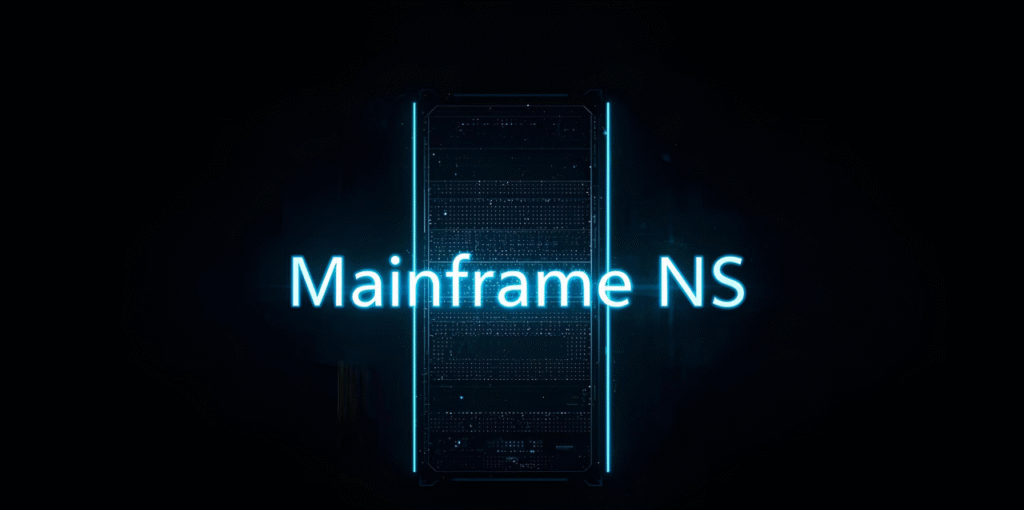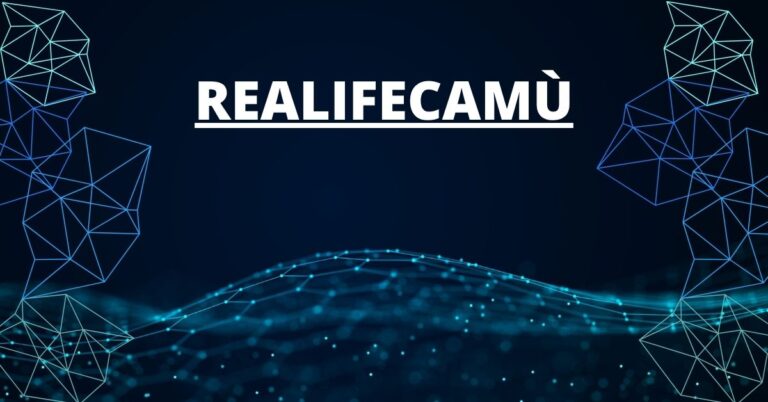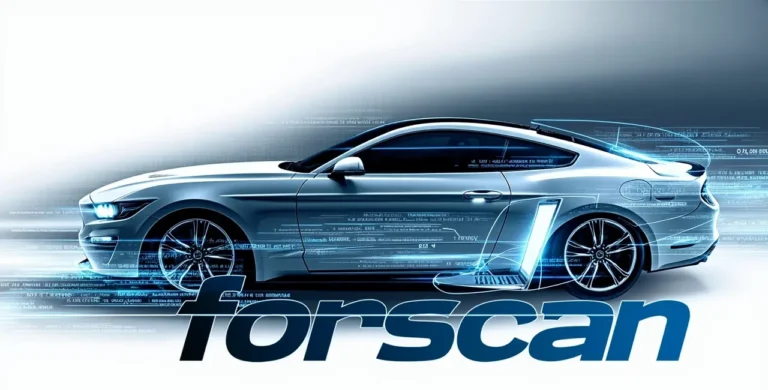NS Mainframe: The Complete Guide to Enterprise Reliability and Modernization
NS Mainframe is a critical enterprise system known for high-volume transaction processing, continuous uptime, and centralized data management. The term “NS” most often refers to Norfolk Southern Railway, which operates one of the largest transportation networks in the United States. In other contexts, “NS Mainframe” is used as shorthand for next-generation secure mainframes deployed in enterprises across industries.

What is NS Mainframe?
NS Mainframe defines two major contexts:
-
Norfolk Southern’s Mainframe Systems
Norfolk Southern Railway (NS) manages its freight, crew scheduling, payroll, billing, and logistics using large-scale mainframe platforms. -
Next-Stage Mainframe Platforms (NS)
In enterprise technology discussions, NS stands for Next Secure / Next Scale mainframes. These are high-capacity systems used in finance, insurance, healthcare, and government.
Both uses emphasize reliability, throughput, and integration into mission-critical workflows.
Why Mainframes Still Matter
Mainframes continue to dominate because they provide:
-
Reliability: Uptime exceeding 99.999%.
-
Transaction Volume: Tens of thousands of transactions per second.
-
Security: Advanced access control, encryption, and compliance alignment.
-
Longevity: Systems that can remain operational for decades.
-
Integration: Ability to link with modern APIs, mobile platforms, and cloud services.
The Role of NS Mainframe in Norfolk Southern Railway
Norfolk Southern depends on its mainframe for daily operations. Functions include:
-
Crew Management: Assigning train crews, managing schedules, enforcing union agreements.
-
Freight Tracking: Recording every car movement across thousands of miles.
-
Payroll Systems: Processing payments for thousands of employees.
-
Billing and Finance: Managing customer invoices and settlements.
-
Regulatory Reporting: Generating required transportation compliance documents.
Core Architecture of NS Mainframe
1. Operating Environment
-
z/OS: Standard IBM mainframe operating system.
-
RACF: Resource Access Control Facility for security.
2. Transaction Processing
-
CICS: Handles interactive online transactions.
-
IMS: Manages hierarchical databases and messaging.
3. Database Services
-
DB2: Relational database engine for high-volume queries.
-
VSAM: Virtual Storage Access Method for dataset handling.
4. Middleware and Integration
-
MQ Messaging: Connects distributed applications with host data.
-
API Wrappers: Allow web and mobile systems to access mainframe functions.
Historical Access: From Green Screens to Web Portals
Employees once accessed NS mainframe systems through 3270 terminal emulators. WebConnect and Web3270 applets extended this access. Today, most interactions happen via secure web portals protected by identity management layers and F5 BIG-IP gateways.
Modernization Strategies for NS Mainframe
-
Hybrid Cloud Adoption
Enterprises integrate mainframe cores with cloud analytics, AI, and storage. -
API Enablement
Transactional data becomes accessible through RESTful APIs and microservices. -
Automation
Intelligent automation accelerates batch job processing and error resolution. -
Security Enhancements
Zero-trust security models apply identity verification across all access points. -
Sustainability Focus
Optimized workload distribution reduces energy consumption.
Key Benefits of NS Mainframe
-
Ensure system availability for transportation and finance.
-
Secure data from unauthorized access.
-
Support scalability for seasonal demand peaks.
-
Reduce downtime with automated failover.
-
Integrate seamlessly with mobile and web applications.
NS Mainframe vs. Distributed Servers
| Feature | NS Mainframe | Distributed Servers |
|---|---|---|
| Reliability | 99.999% uptime | 95–98% typical uptime |
| Transaction Volume | 50,000+ TPS | 5,000–10,000 TPS |
| Security | Integrated encryption and RACF | Dependent on third-party tools |
| Longevity | Decades of continuous service | 5–7 years hardware lifecycle |
| Integration | Native API and MQ middleware | API gateways required |
| Cost Efficiency | Higher upfront, lower long-term cost | Lower upfront, higher long-term cost |
Real World Applications of NS Mainframe
Transportation Sector
-
Norfolk Southern and other rail operators depend on host systems for logistics and compliance.
Financial Sector
-
Banks use mainframes for real-time transaction clearing and settlement.
Healthcare
-
Patient records and insurance claims rely on mainframe data consistency.
Government
-
Agencies store critical population, tax, and defense data on mainframes.
Challenges in NS Mainframe Usage
-
Complex Training: New employees require specialized instruction.
-
Legacy Interfaces: Green screens create usability challenges.
-
Cost of Migration: Replacing host systems is more expensive than modernization.
-
Talent Shortage: Decline in COBOL and JCL specialists.
Future Trends in NS Mainframe
-
AI Integration: Predictive maintenance, workload optimization, and anomaly detection.
-
Cloud Symbiosis: Balanced execution between host and distributed systems.
-
API-Driven Ecosystems: Expanding partner and customer access to host data.
-
Zero-Trust Security: Continuous authentication and micro-segmentation.
-
Sustainability Initiatives: Lower energy per transaction through optimization.
Major Components of NS Mainframe Ecosystem
-
z/OS Operating System
-
RACF Security Manager
-
CICS Transaction Server
-
DB2 Database Engine
-
MQ Middleware
-
JCL Batch Control
-
API Wrappers
Top Industries Using Mainframes Globally
-
Railways and Logistics
-
Banking and Finance
-
Insurance and Risk Management
-
Healthcare Providers
-
Telecommunications
-
Government Agencies
-
Retail and Supply Chains
FAQs About NS Mainframe
Q1. What does NS Mainframe mean in corporate usage?
NS Mainframe refers to Norfolk Southern Railway’s enterprise host systems that manage logistics, crew scheduling, payroll, and billing.
Q2. Why are NS Mainframes critical in logistics?
NS Mainframes provide high throughput and secure processing for freight tracking, regulatory compliance, and customer billing.
Q3. Can NS Mainframes integrate with cloud systems?
Yes, NS Mainframes support hybrid cloud architectures that combine on-premises transaction processing with cloud analytics.
Q4. What programming languages support NS Mainframe operations?
COBOL, PL/I, Assembler, and modern wrappers like Java and Python for APIs.
Q5. How secure are NS Mainframes compared to distributed servers?
Mainframes implement integrated cryptography, role-based control, and compliance frameworks, offering stronger built-in security.
Q6. What modernization options exist for NS Mainframe?
Options include hybrid cloud integration, automation of JCL jobs, API enablement, and advanced monitoring systems.
Q7. Why do enterprises retain mainframes instead of migrating?
Enterprises retain mainframes because of unmatched reliability, transaction scale, and the cost challenges of migration.
Q8. What industries beyond rail depend on mainframes?
Banking, healthcare, telecommunications, insurance, and government sectors all rely on mainframes for mission-critical processing.
Q9. How do employees access NS Mainframe today?
Access occurs through secure web portals, identity providers, and APIs, replacing historical terminal emulators.
Q10. What is the future outlook for NS Mainframe?
Future trends point to deeper AI integration, enhanced security, and sustainable operations.
Learn More: Iowa Secretary of State Business Search: The Complete Guide
Sagerne: Complete Guide to Meaning, Usage, and Legal Significance
Conclusion
NS Mainframe combines the legacy strength of mainframe computing with modern demands for hybrid cloud, API access, and zero-trust security. Whether in the railway sector through Norfolk Southern’s critical logistics systems, or across global enterprises handling millions of transactions daily, the mainframe remains irreplaceable.







